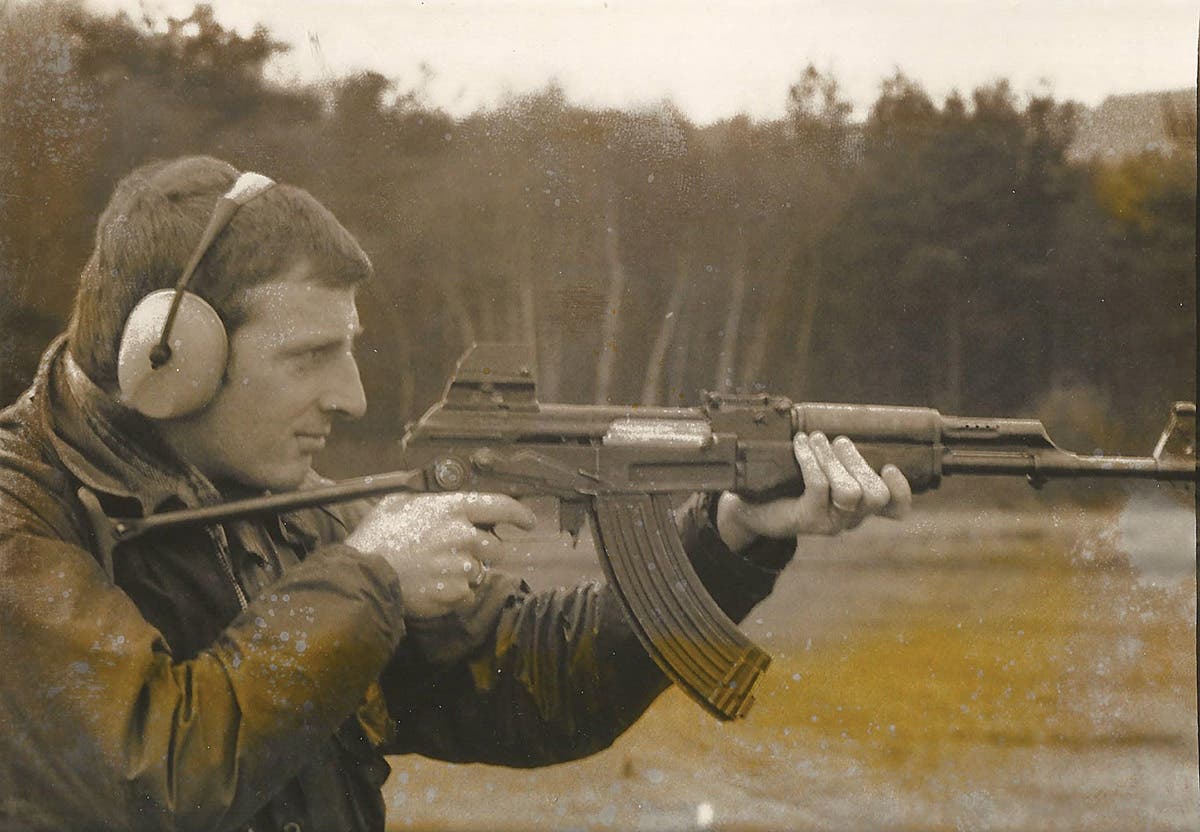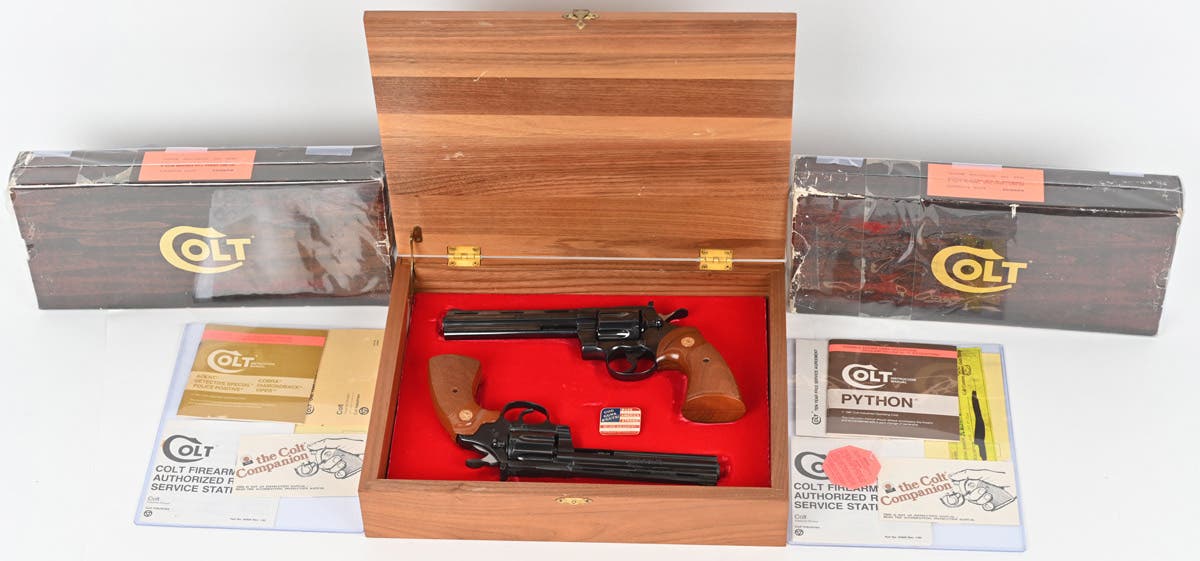The Tiger of Vimoutiers
A unique Tiger tank memorial for Operation Overlord is the real deal.
The campaign to liberate Europe and “defeat Germany first”, as agreed between President Roosevelt and the British Prime Minister Winston Churchill at the Arcadia Conference in December 1941, was launched on June 6, 1944. Given the codename of “Operation Overlord”, it has come to be known simply as D-Day. The operation was to last until August 30 and began the process of freeing Europe from the Nazi yoke after four years of oppressive occupation.
As the fighting moved further eastwards, the liberated areas were littered with the debris of battles. Clearing this away was dangerous work, as hundreds of thousands of tons of ammunition were removed and minefields cleared. Even the tanks abandoned by the retreating Germans posed a disposal problem. For example, at le Plessis-Grimoult, a destroyed Panther tank in the center of the village for a long time. Similar reminders were to be found in other towns and villages across France, such as Vimoutiers, lying almost 40 miles southeast of the city of Caen.
It is now 80 years since the battles raged across Normandy and some of those relics from the war today serve as reminders of those epic days. The item which Vimoutiers acquired is unique because it is a genuine Tiger tank. One of only seven known left in the world, and the only one not in a museum, it stands in a prepared site just off the route D979 heading east from the town. The story of how the village came to own the tank began just after the war when scrap metal dealers were clearing debris and abandoned tanks. One of the dealers was Monsieur Morat, who acquired the Tiger, all 50-odd tons of it.
It had been pushed off the route RN 179 by units of the 2nd Canadian Division Black Watch, using bulldozers, where it had broken down in August. The tank probably having run out of fuel and was obstructing traffic. Morat began dismantling the tank by taking hatches and other lighter, easier to remove, items. Then he seems to have lost interest and abandoned it where it lay to be scavenged over by souvenir hunters. For 30 years it lay there until Morat’s sister sold it after his death. The citizens of Vimoutiers, who by now saw it as a landmark, purchased it from the new owner for the then sum of 6,000 francs, probably around £600 GBP in those days, with a view to preserving it.
Recovery of the Tiger began in October 1975 with Alain Roudiex overseeing the project. The turret was removed to make it easier to handle the Tiger was positioned at the site where it can be seen today. The turret was replaced and a partial restoration has been attempted, using deck plates taken from Panzer IV tanks. A fake camouflage color scheme has been applied which bears no resemblance to any authentic pattern used by the German army in WWII. The cost to fully restore the vehicle is huge, so the town of Vimoutiers has formed the Association for the Preservation of the Vimoutiers Tiger Tank of Normandy. Even so, progress remains slow.
Research into the tank’s history has revealed something of its fate and how it probably came to be abandoned. Firstly, the SdKfz 181, Panzer VI, is a later production Ausf. (Model) E version with the serial number “251113”, which identifies it as having been built by Henschel and Wegman in Kassel. The turret has the markings of AMP, which may refer to the Dortmund-Hoerder Huttenvein steel works, but further research is needed. From the details available, the Tiger has been tentatively identified as having served with the 2nd Company of the 102nd SS Heavy Panzer Battalion with the number 231.
From mid-August 1944, the so-called “Falaise Pocket” was forming as the Allies sought to trap the German Army in an enveloping movement. Ultimately, the eastern end of the corridor was not sealed off, allowing thousands to flee, but not before abandoning much of their heavy equipment. The Vimoutiers Tiger was just one of 60 vehicles to litter the area after the battle, probably having run out of fuel as it headed for Ticheville. In keeping with orders, as the crew left the tank they set the self-destruct charges to destroy it. The damage caused by the explosion can still be seen today on the buckled plates.
The Germans lost some 1,500 tanks during the Normandy Campaign, including 567 in the Falaise Pocket, with almost 250,000 men killed, wounded or taken prisoner in the fighting.
The town of Vimoutiers hopes to complete the restoration of its Tiger and move it into the center where it will better serve as a monument to help visitors understand what happened in the area. That way it will serve as a memorial for years to come. There is still much work to do on this, both historical research and restoration, and it will be interesting to see the end result.





